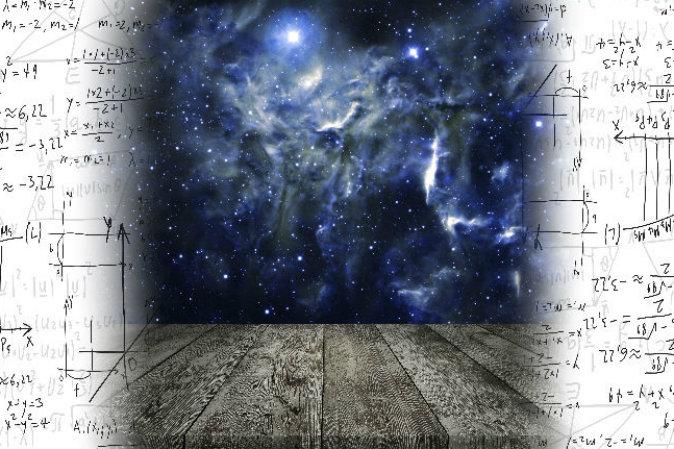Contrary to the views of some statisticians, we non-statisticians are pretty good at knowing whether or not a coincidence is just due to random chance. If we sense that a coincidence is neither random nor explainable, we are then tempted to wonder about a cause.
To want to look for causes is just the nature of human thinking. Yet some well-recognized statisticians want to eliminate the coincidence as a trigger for our curiosity by declaring randomness the fundamental explanation of all coincidences. Let me take you through the maze of their reasoning.
The ‘Law’ of Truly Large Numbers
Statisticians avoid the difficulty of trying to define probabilities for different kinds of coincidences. They analyze coincidences as a single phenomenon, ignoring the details and variations, and they say that all these multi-varied phenomena can be explained statistically.




